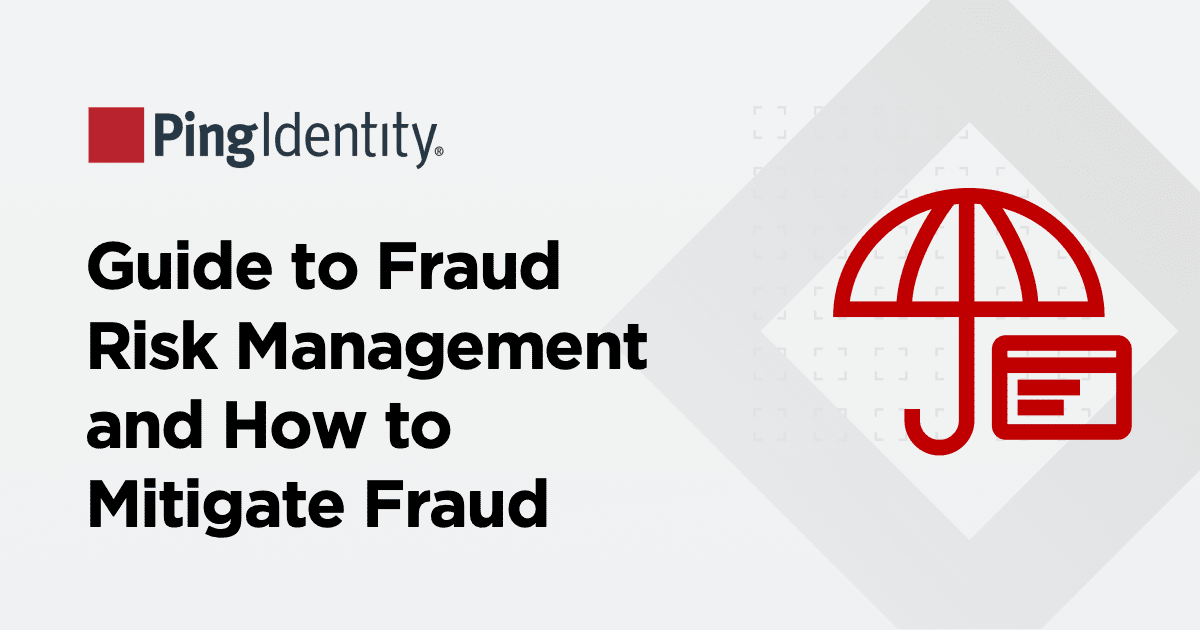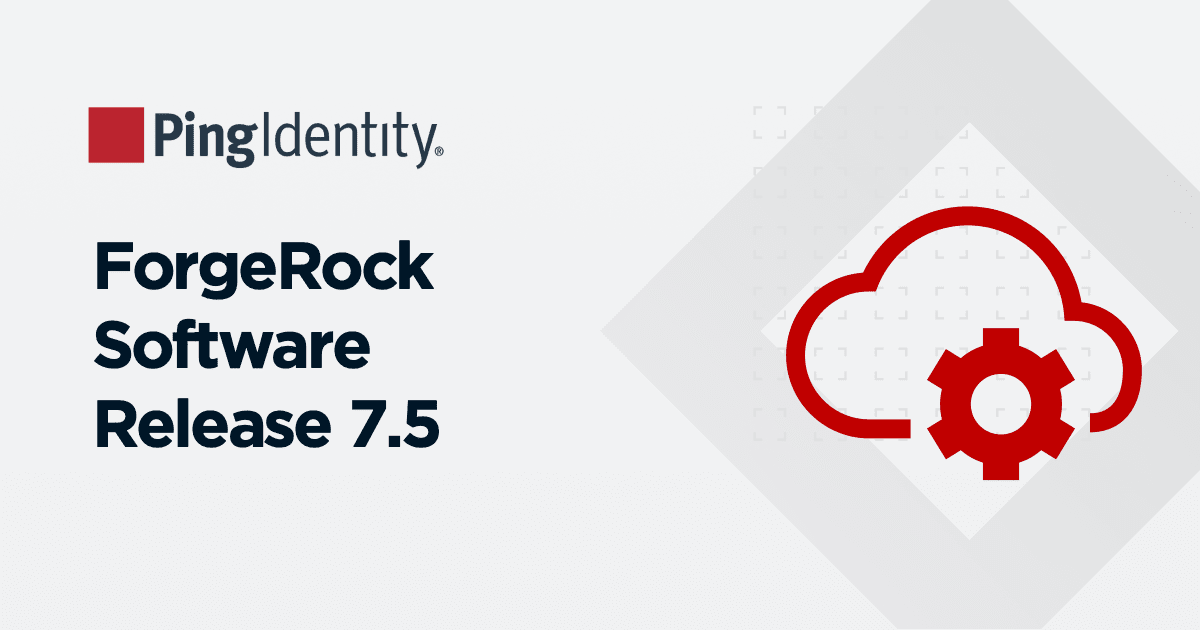In today's digital ecosystem, every person and every "thing" — computers, smartphones, internet-connected devices (IoT), and applications — has a unique digital identity. A digital identity contains certain unique identifiers that allow systems, services, and applications to know who or what they are interacting with. During an in-person transaction, you may show a driver's license or other government-issued identification to verify your identity. But to verify your identity in the digital world, without human intervention, there needs to be a combination of data and attributes or behaviors that, together, provide a reasonable level of certainty about your authenticity. These attributes may include:
Username
Password
Fingerprint or facial scan
Email address
Network
IP address
Device and operating system
Online activities
Date of birth
Social Security number
Purchasing history or behavior


